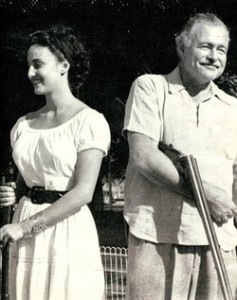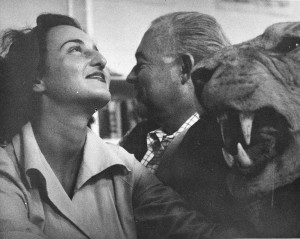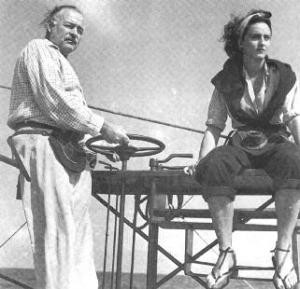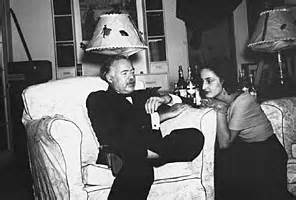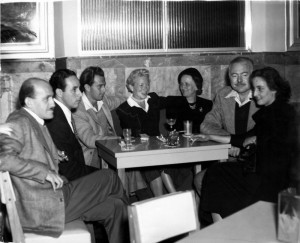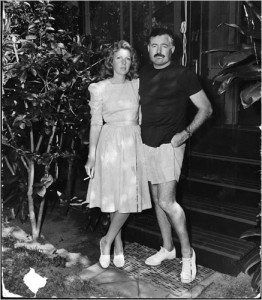
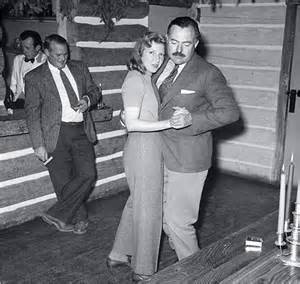

About a year ago, I began doing posts on the wives and got sidetracked on other Hemingway issues. I posted on Hadley and Pauline, then diverted. Hemingway was married to Hadley Richardson for about seven years, i.e. 1921 to 1927. He was married to Pauline Pfeiffer from 1927 to 1940. He was married to Martha Gellhorn from 1940 to 1945. He met her in Key West when she was on vacation with her mother. Tall, attractive, ambitious, blond, smart, witty, and charming, he kept company with her first behind Pauline’s back, including when both were covering the Spanish Civil War. Martha admired his talent and bravery and he admired her looks, her talent and her courage. Hadley, Pauline, and Mary (wife no. 4) were deferential to Hemingway in the sense of wanting to please him. Martha was not. It was the one marriage he claims to have regretted and she certainly wanted nothing to do with him after the divorce.
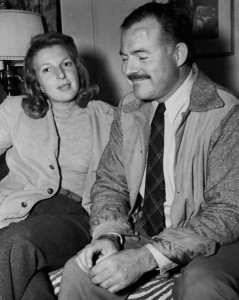
Ernest Hemingway and Martha Gellhorn in Sun Valley, Idaho, 1940. Photographer unknown in the John F. Kennedy Presidential Library and Museum, Boston.
While Hemingway was hard to be married to, he had a kind, sweet side as well. A biographer of Martha Gellhorn uncovered some letters recently that made clear that he was very supportive of her career and all that she accomplished and could accomplish. That being said, he was at times jealous that she would take off to go on assignments as opposed to staying with him in Cuba when he preferred to have her there.
Martha was a strong woman ahead of her time. She was also a good friend of Eleanor Roosevelt and was a first-rate journalist in her own right. She never had children of her own, but adopted two. When her health was to the point of not being recoverable, she killed herself in London at the age of 89
.

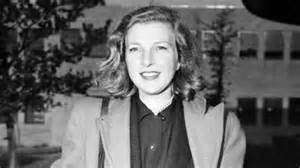



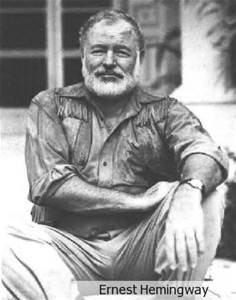
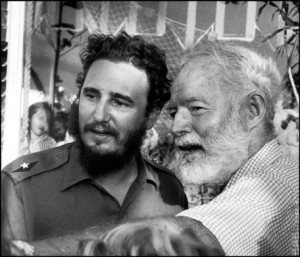
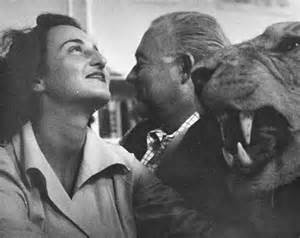
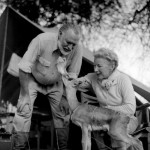
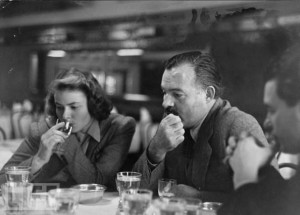 <
<